What is Obsessive Compulsive Disorder?
Obsessive-compulsive disorder is a mental illness. It’s made up of two parts: obsessions and compulsions. People may experience obsessions, compulsions, or both, and they cause a lot of distress and anxiety.
Obsessions are unwanted and repetitive thoughts, urges, or images that don’t go away. Obsessions can focus on anything and can be uncomfortable. Obsessions aren’t thoughts that a person would normally focus on, and they are not about a person’s character. They are symptoms of an illness.
Compulsions are actions meant to reduce anxiety caused by obsessions. Compulsions may be behaviours like washing, cleaning, or ordering things in a certain way. Other actions are not obvious to others. For example, some people may count things or repeat phrases in their mind. Some people describe it as feeling like they have to do something until it feels ‘right.’ It’s important to understand that compulsions are a way to cope with obsessions. Someone who experiences OCD may experience distress if they can’t complete the compulsion.

How can therapy help with OCD?
A type of therapy called cognitive-behavioural therapy (or ‘CBT’) is shown to be effective for helping people with OCD. It teaches you how your thoughts, feelings, and behaviours work together, and teaches skills like solving problems, managing stress, realistic thinking and relaxation. For OCD, therapy may also include a strategy called exposure and response prevention, which helps you learn new ways to look at obsessions and compulsions. Mindfulness-based Stress Reduction Therapy is also helpful in managing stress and in relaxation.




